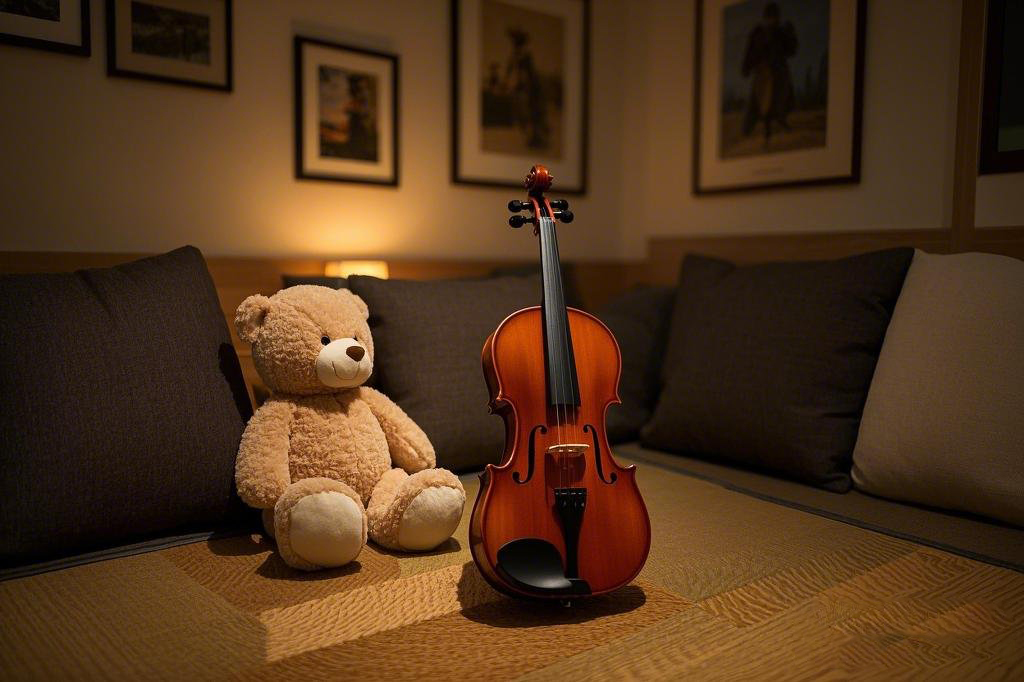Chinese vs Western Violin Teaching Which is Better for Your Child
Shang Kun 2025-06-18 129
Choosing the Right Violin Teaching Method for Your Child: Chinese vs WesternWhen it comes to teaching your child to play the violin, you might find yourself overwhelmed by the options. Should you choose a Chinese-style approach or a Western-style one? This question is not only about technique but also about culture, creativity, and long-term goals. Let’s dive into the differences, benefits, and potential drawbacks of each method to help you make the best decision for your child.
Traditional Chinese violin teaching often emphasizes strong fundamentals, discipline, and a deep connection to music theory. Students are encouraged to master the basics before moving on to more complex pieces. This approach values precision and consistency, which can lay a solid foundation for future musical endeavors. On the other hand, Western violin teaching tends to focus more on individuality, expression, and the ability to interpret music in unique ways. Teachers in the West often encourage students to experiment with phrasing, dynamics, and even improvisation, fostering a sense of creativity.

But here’s where it gets tricky: both methods have their pros and cons. While the Chinese approach ensures technical mastery, it might sometimes feel rigid or less inspiring to students who thrive on spontaneity. Similarly, while the Western approach encourages creativity, it could lack the structure some students need to build a strong technical base. So, how do you decide which method is right for your child?
If your child is particularly gifted in music and has a passion for classical performance, the Chinese method might be the way to go. Its emphasis on precision and discipline can help them excel in traditional violin repertoire. On the other hand, if your child is more interested in modern or experimental music, the Western approach could provide the flexibility and creativity they need to explore their musical interests.
But wait—what if there’s a middle ground? More and more teachers today are combining elements of both methods to create a hybrid approach. This way, students can benefit from the technical rigor of the Chinese style and the creative freedom of the Western style. If you’re looking for a well-rounded education that prepares your child for a wide range of musical opportunities, a teacher who blends these approaches could be the perfect choice.
Ultimately, the best teaching method for your child depends on their personality, goals, and learning style. It’s essential to take the time to research and find a teacher who aligns with your child’s needs and aspirations. Whether you choose a purely Chinese, purely Western, or a blended approach, the most important thing is that your child feels engaged, challenged, and inspired by their music education.
If you’re looking for a teacher who understands the nuances of both Chinese and Western violin techniques, consider reaching out to Shang Kun. With years of experience teaching one-on-one lessons, both offline and online, Shang Kun can tailor his approach to suit your child’s unique needs and help them reach their full potential as a violinist.
